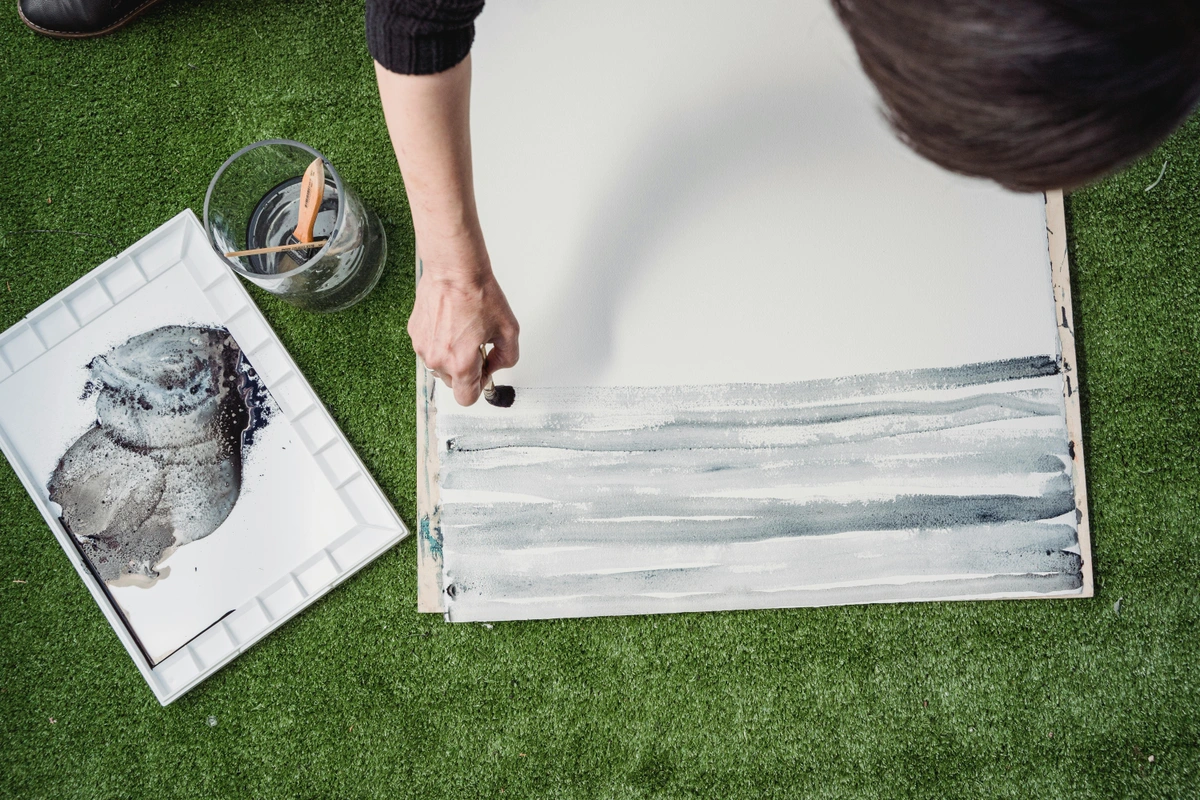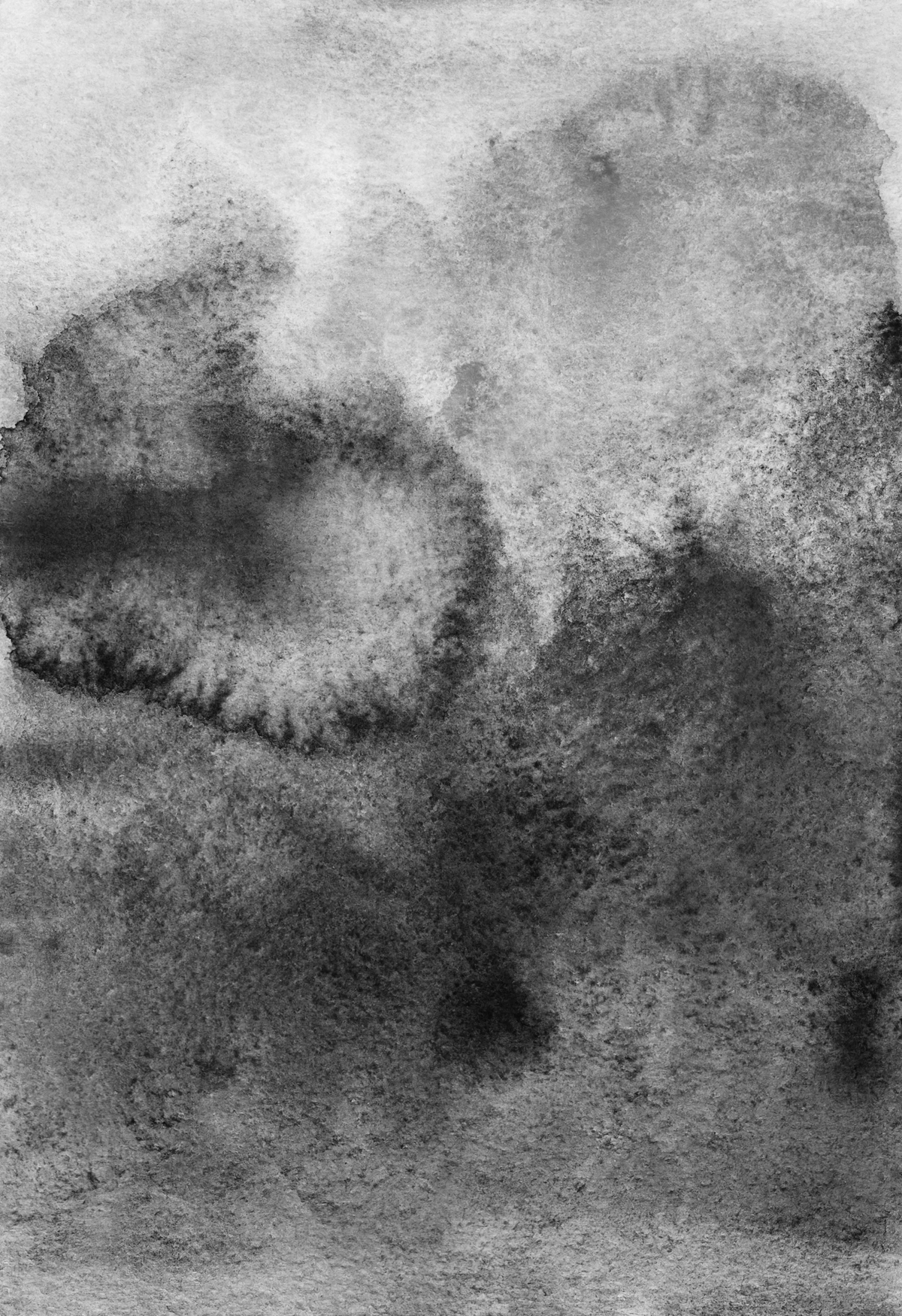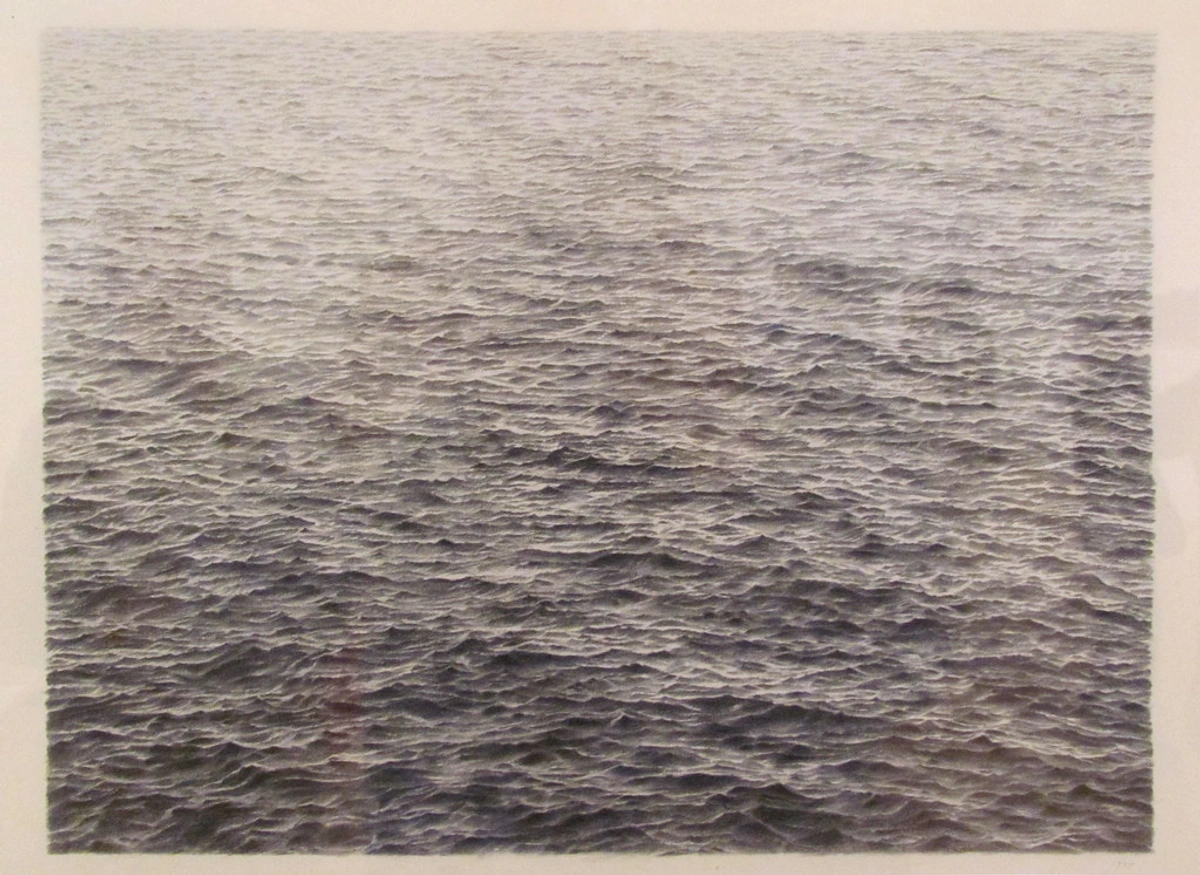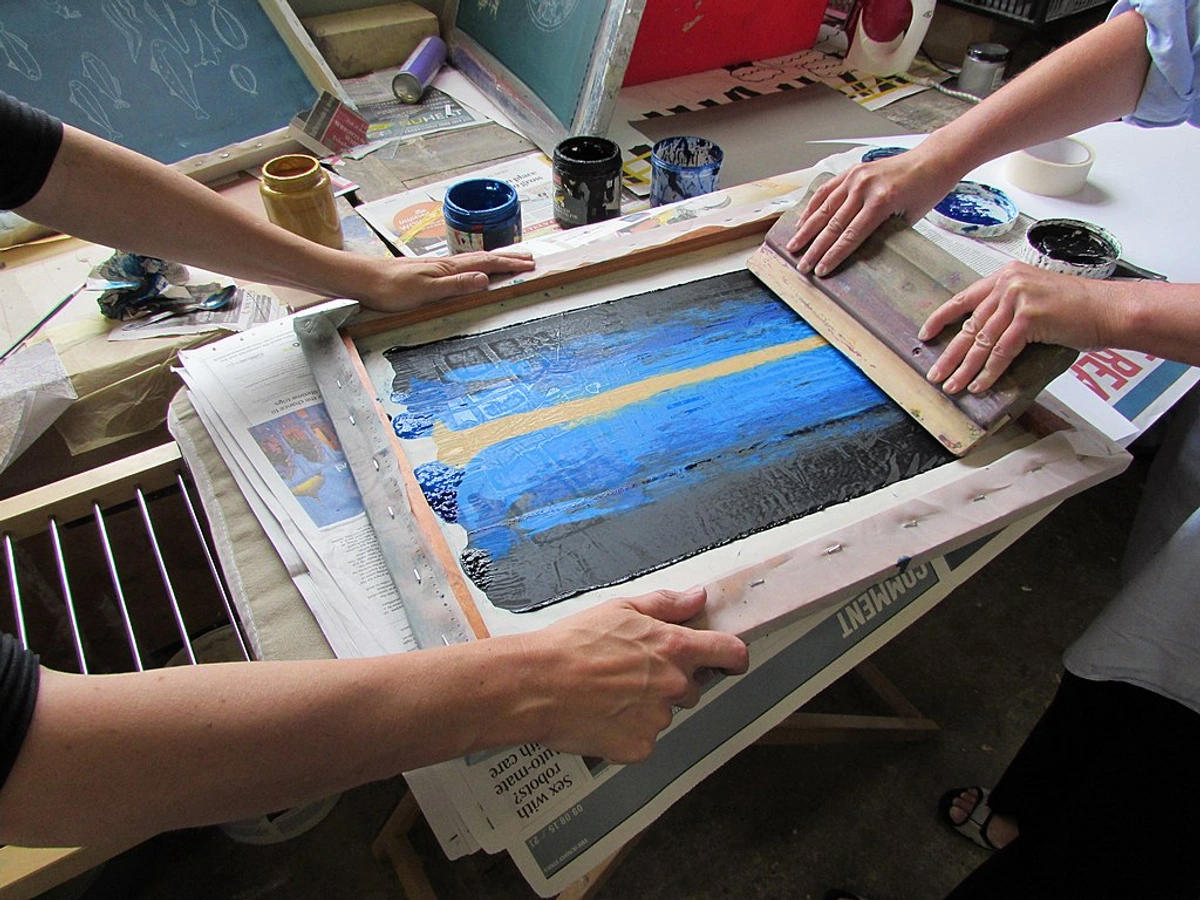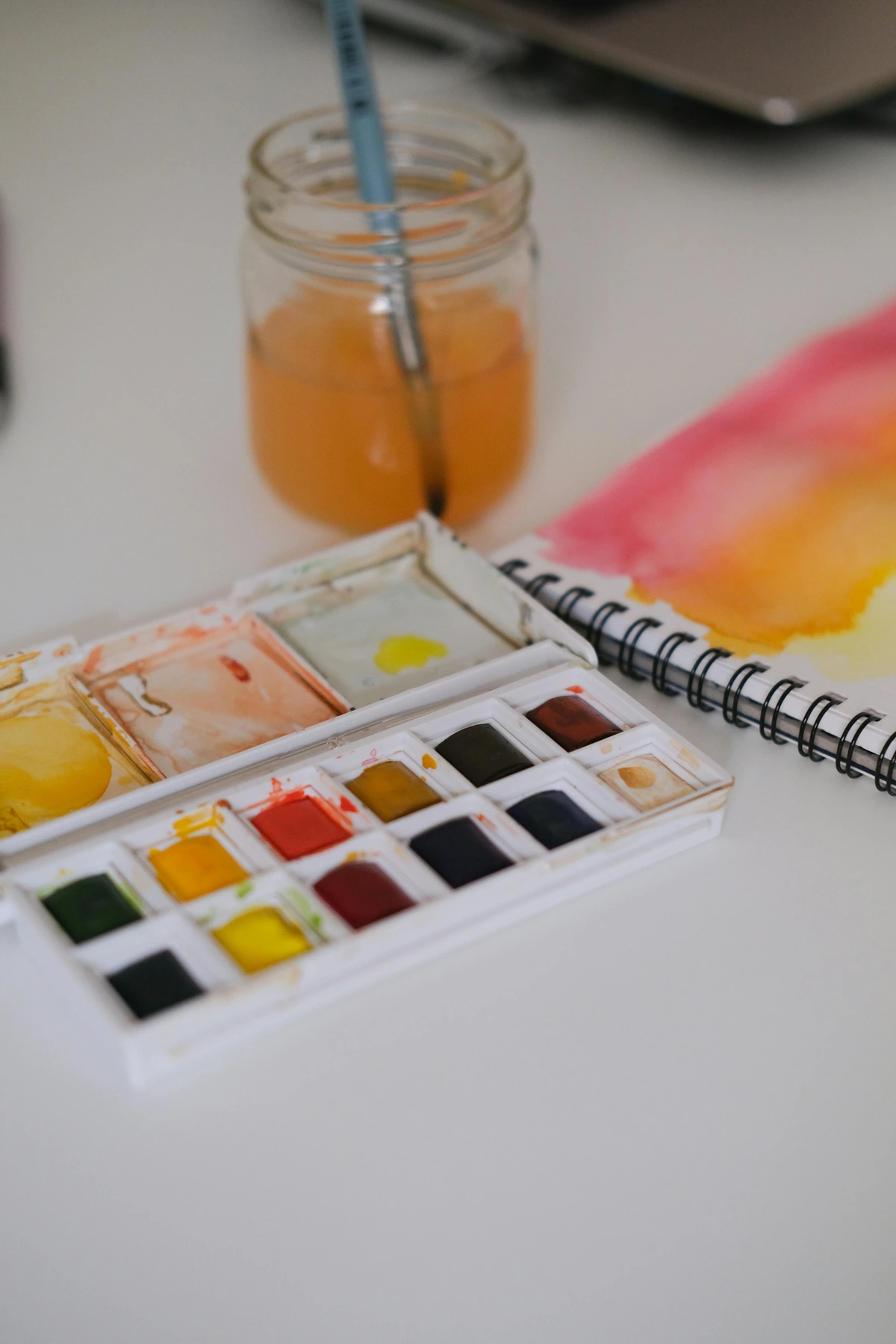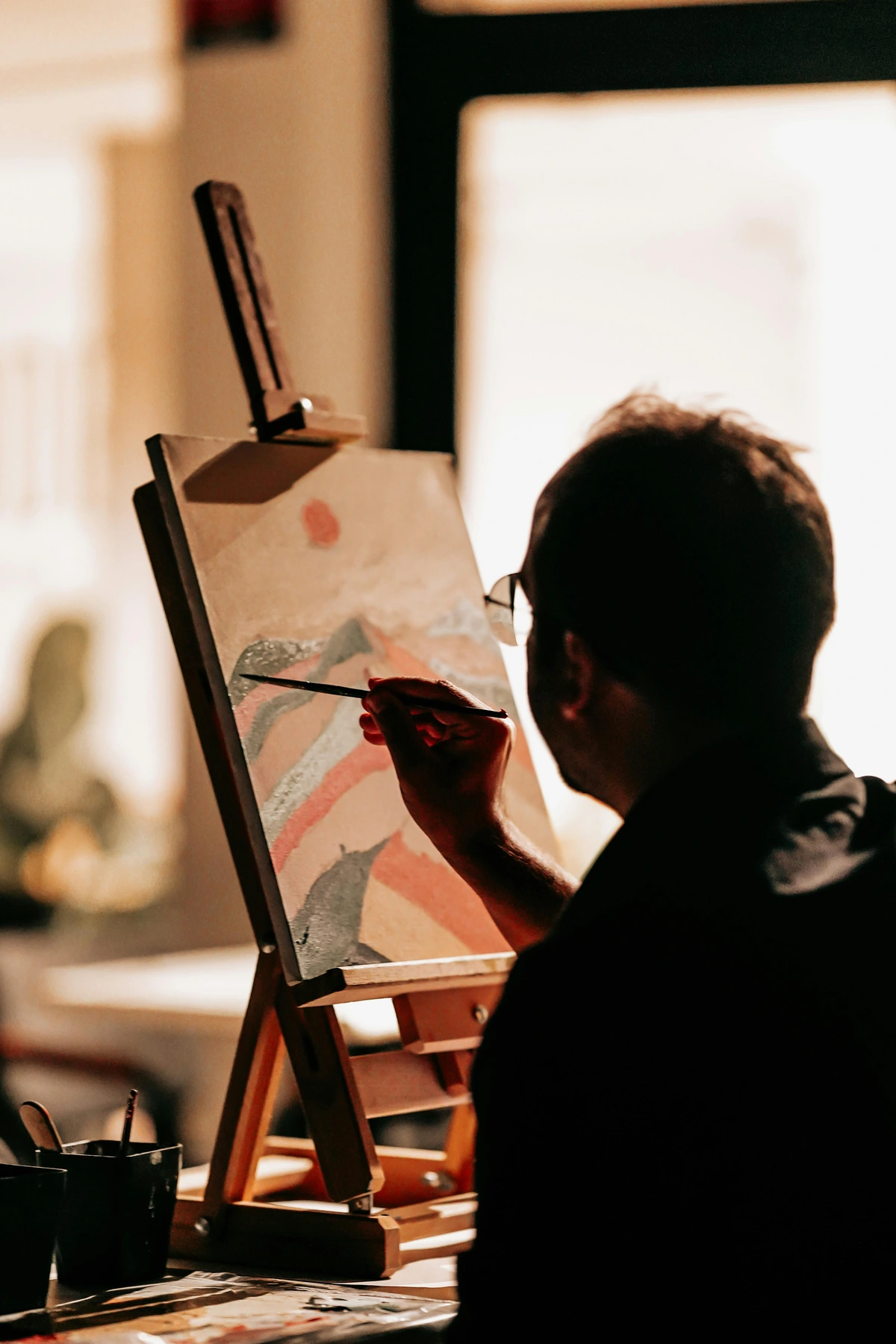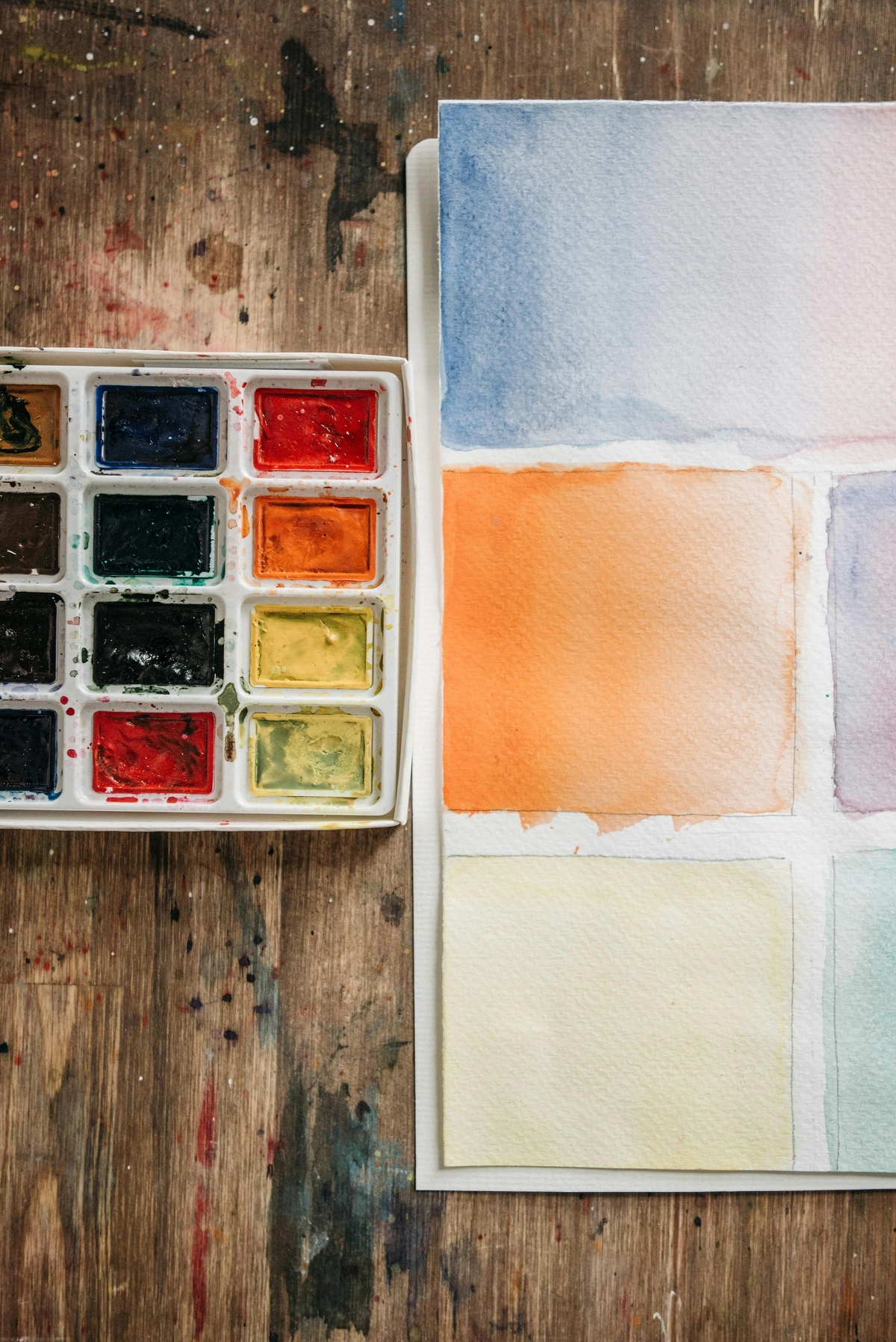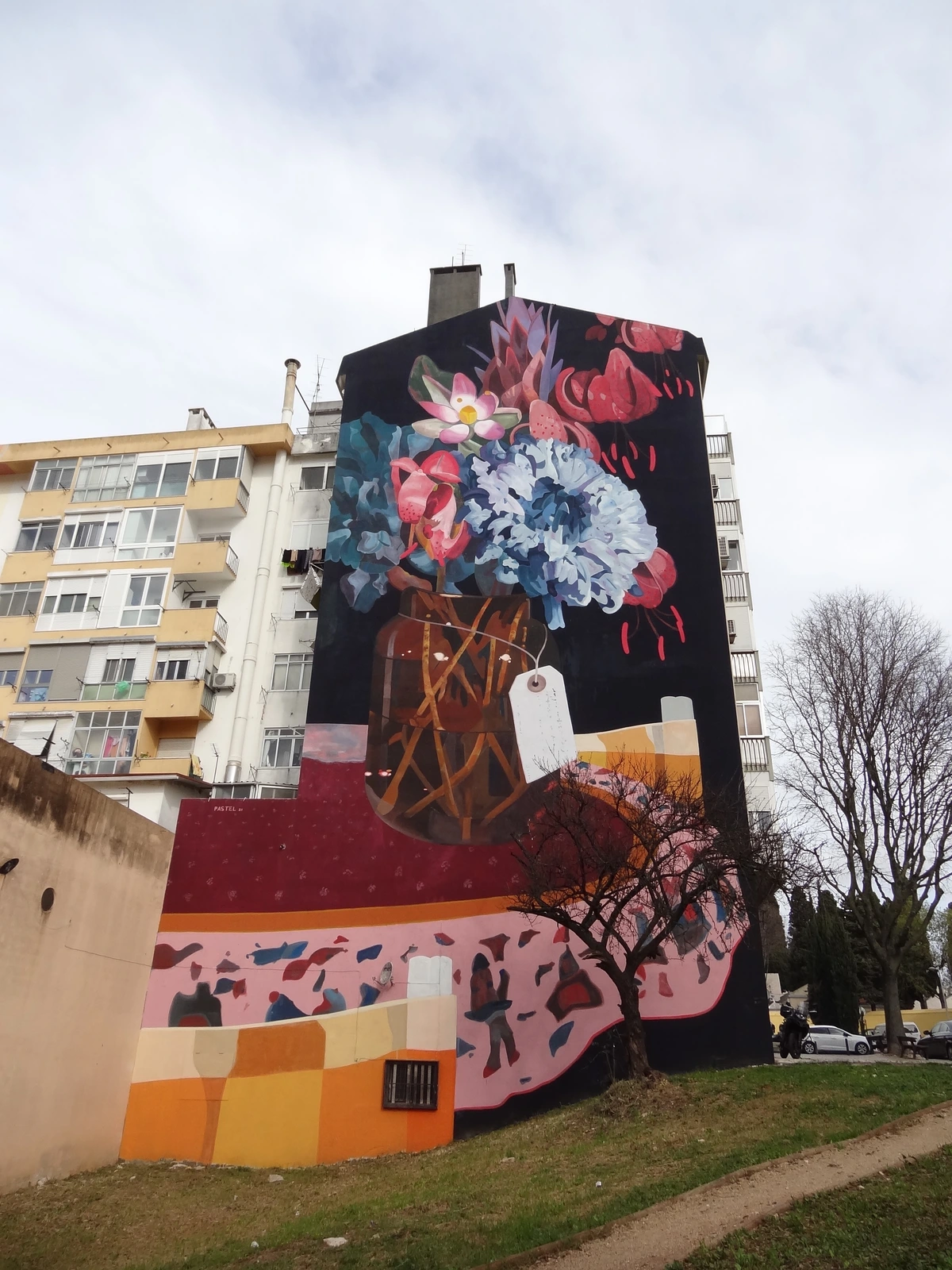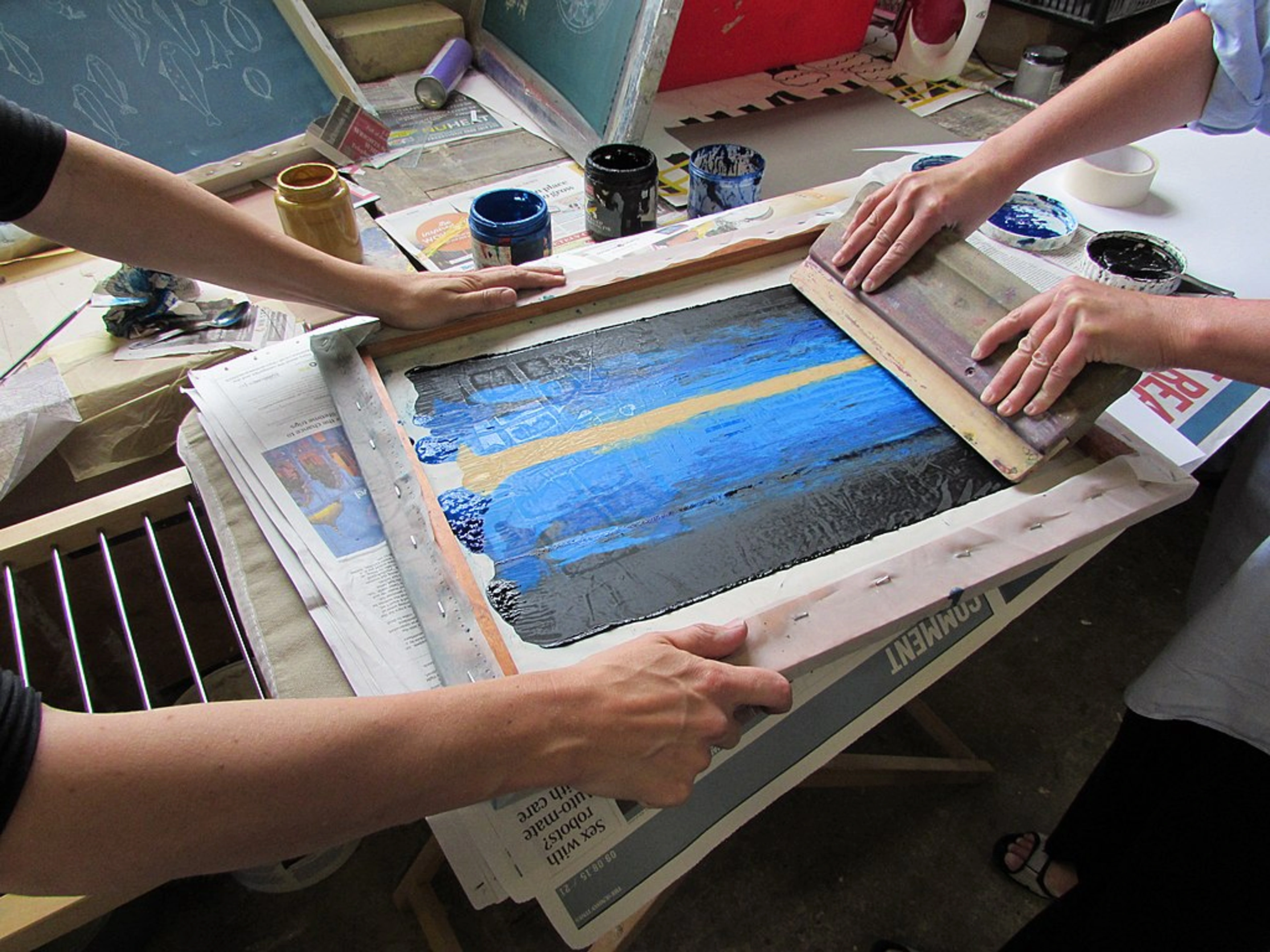
My Personal Guide to Acrylic Mediums for Abstract Art
Unlock new dimensions in abstract art with acrylic mediums. My personal guide explores gels, pastes, fluids, and techniques for texture, transparency, and unique finishes. Learn from my studio experiences.
My Personal Guide to Acrylic Mediums for Abstract Artists: Unlocking New Dimensions
You know, for the longest time, I thought paint was just… paint. You squeezed it out, put it on a brush, and hoped for the best. And for a while, that worked. But then I started diving deeper into abstract art, craving those rich textures, those subtle shifts in transparency, that feeling of something almost sculptural emerging from the canvas. That's when I realized the secret sauce, the unsung heroes of my studio, were acrylic mediums. And oh boy, what a rabbit hole that turned out to be! It was a chaotic, exciting dive into a world of gels, pastes, and fluids, each promising a new way to bend reality on canvas, and honestly, I got a little obsessed.
I remember feeling utterly overwhelmed when I first looked at the sheer variety. Gel mediums, fluid mediums, molding pastes, retarders, flow improvers… it was like walking into a mad scientist's lab without a manual. But slowly, through a lot of messy experimentation (and a few ruined brushes, if I'm being honest), I started to understand them, not as complicated chemicals, but as extensions of my artistic voice. They became my collaborators, helping me translate those fleeting emotions and ideas into tangible abstract worlds. If you're looking to add another dimension to your work, especially if you're exploring texture and depth in abstract paintings or diving into building depth through layers, read on. Perhaps you'll even find a piece of your own artistic journey in my timeline.
Why Even Bother with Mediums? Isn't Paint Enough?
This is a question I get asked a lot, and frankly, one I asked myself for ages. The short answer is: no, not if you want to push the boundaries of what acrylics can do, especially in abstract art. Acrylic paints are incredibly versatile on their own, but mediums are what elevate them from just a color delivery system to a truly transformative tool. They allow you to change the paint's consistency, texture, drying time, transparency, and even its finish (glossy, matte, satin).
Think of it this way: paint is the melody, but mediums are the rhythm, the harmony, the unexpected pauses that give the piece its soul. They're essential if you're trying to achieve something beyond a flat, two-dimensional surface, inviting the viewer to engage not just with their eyes, but with an almost tactile sense of the piece.
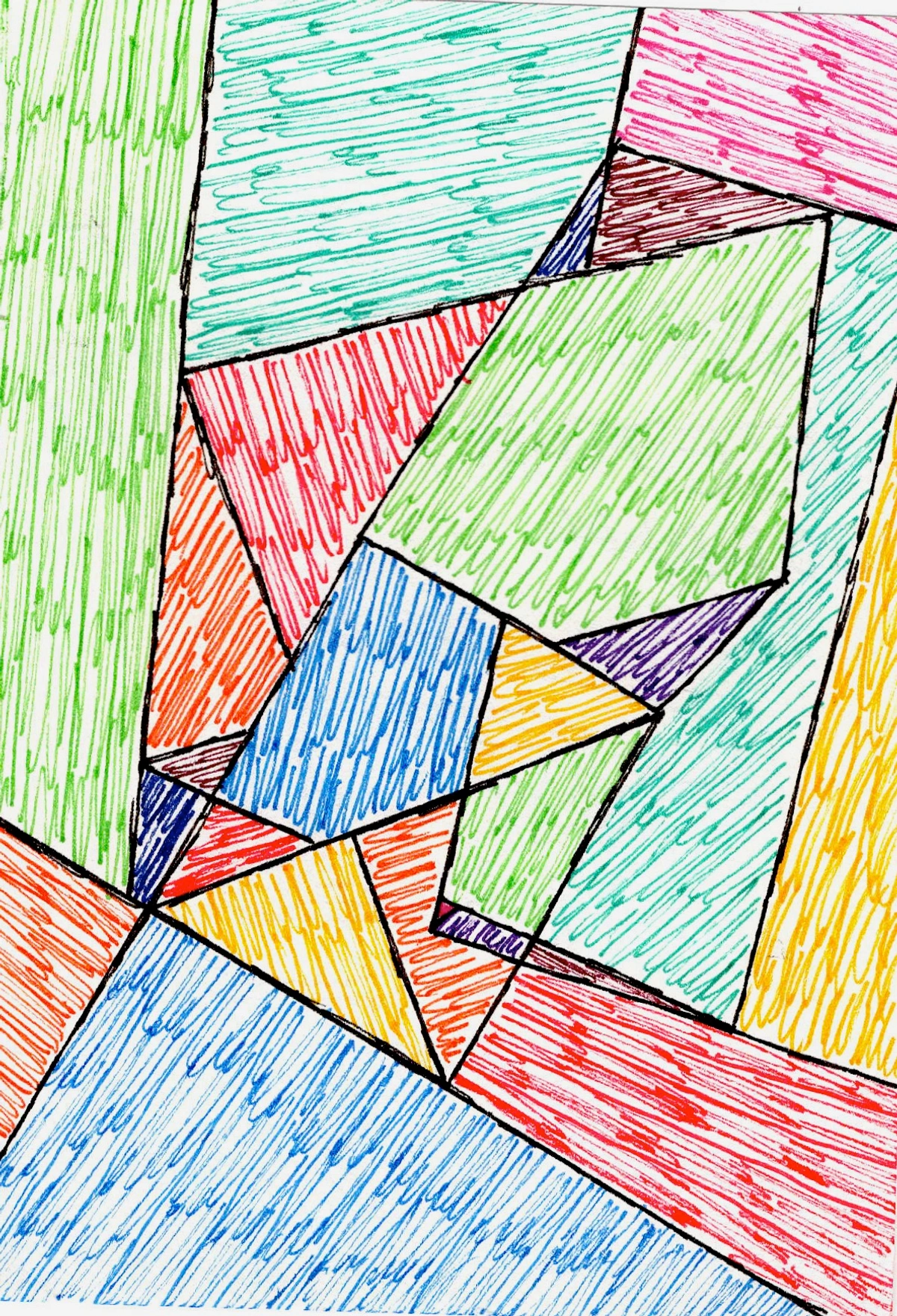
Understanding the Arsenal: Key Acrylic Mediums Explained
Alright, so you're convinced mediums are worth the fuss. Great! But where do you even begin with that bewildering array of bottles and tubs? Let's demystify a few of the big players, the ones that truly unlock new dimensions in abstract work. I've spent countless hours (and made countless messes) figuring out what each one brings to the party, so you don't have to flounder quite as much as I did.
Gel Mediums: The Bodybuilders of Your Paint
If you want texture, if you want to build up those glorious, luscious impasto surfaces that practically beg to be touched, gel mediums are your best friend. They're basically acrylic binder without pigment, allowing you to extend your paint, increase its body, and create transparent or translucent glazes.
- Soft Gel Medium: This is the most versatile, in my opinion. It's fluid enough to mix easily with paint, extending it and adding transparency without losing much body. I use it for glazing, creating subtle layers, or just stretching an expensive tube of paint a little further. It maintains a nice, brushable consistency.
- Heavy Gel Medium: Now we're talking serious texture. This one is thick, like mayonnaise, and perfect for creating visible brushstrokes, peaks, and troughs. When I want to make a statement with a raised surface or build up a sculptural element in my abstract pieces, this is my go-to. It allows for a fantastic sense of depth, almost like the painting is breathing.
- Extra Heavy Gel Medium/Molding Paste: For the truly ambitious, these are essentially the same idea but even thicker, more akin to putty. They hold their shape impeccably, making them ideal for extreme impasto or even sculptural additions to a canvas. You can embed objects into them, carve into them once dry, or use them to create dramatic structural elements. Just a warning: a little goes a long way, and your drying time will significantly increase! This is where you really start to see how mixed media can elevate things.
Fluid Mediums: For Silky Smoothness and Translucent Washes
While gels add body, fluid mediums do the opposite. They decrease the viscosity of your paint, making it thinner and more pourable without losing pigment intensity.
- Gloss Fluid Medium: My absolute favorite for creating vibrant, transparent glazes. It thins the paint, makes it flow beautifully, and dries with a lovely sheen that deepens colors. I use this when I want to build up layers of color, letting the previous ones shine through, or for those mesmerizing pour paintings where control is, shall we say, a suggestion rather than a rule.
- Matte Fluid Medium: Similar to gloss, but it dries to a non-reflective, velvety finish. I find it creates a softer, more subdued look, which can be a brilliant contrast to areas of high gloss or heavy texture in an abstract piece. It's all about playing with those visual contradictions, isn't it?
Retarders and Flow Improvers: Manipulating Time and Gravity
These two are the unsung heroes for when you want to fight against the notoriously fast drying time of acrylics or make them behave in wonderfully unexpected ways.
- Acrylic Retarder: Acrylics dry fast. Sometimes, too fast. A retarder slows down the drying process, giving you more open working time for blending, wet-on-wet techniques, or just generally agonizing over your choices a little longer. It's fantastic for creating smooth gradients or blending colors seamlessly, something that's usually a race against the clock with pure acrylics. Just use it sparingly; too much can weaken your paint film and make it eternally tacky – a mistake I learned the hard way!
- Flow Improver: This is different from fluid medium. Flow improver breaks the surface tension of water, making paint spread more easily and create lovely staining effects or cellular patterns (especially in pour painting). It doesn't extend the drying time much but allows for incredible fluidity and control over how your paint moves across the surface. It’s like teaching your paint to dance gracefully.
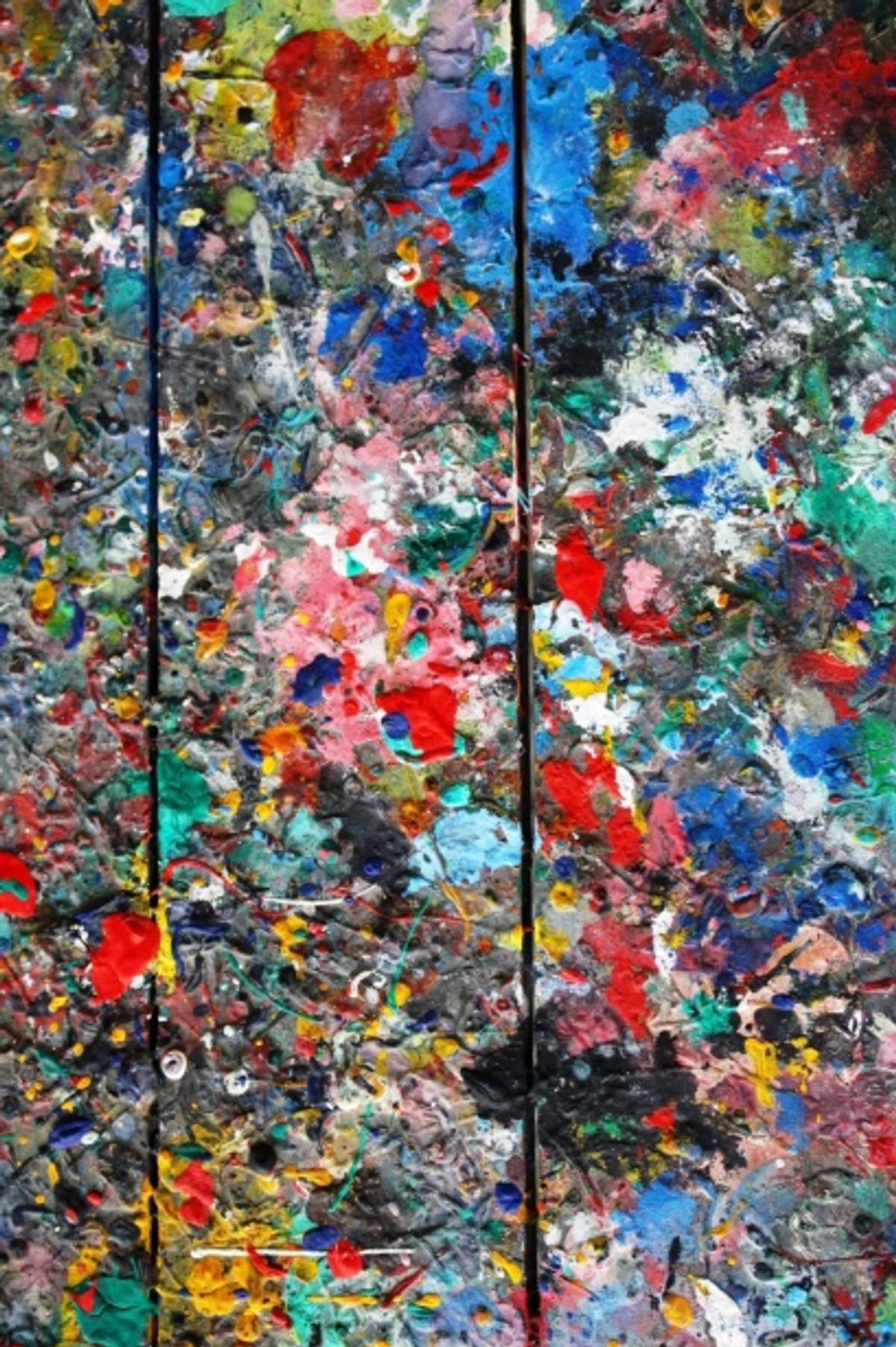
Other Interesting Characters: Adding the Unexpected
Beyond the mainstays, there are so many specialized mediums that can inject truly unique qualities into your abstract art.
- Texture Gels: These come pre-loaded with various materials like sand, glass beads, pumice, or even small fibers. They're fantastic for adding grit, sparkle, or organic roughness. Imagine a subtle sand texture in a desert landscape abstract, or tiny glass beads catching the light like scattered jewels.
- Iridescent and Interference Mediums: Want your painting to shimmer, shift, or glow? These mediums contain particles that reflect light in fascinating ways, creating pearlescent or metallic effects without adding actual metallic pigment. They're great for subtle accents or an ethereal quality in your work, making the piece feel alive as the light changes. If you ever visit my museum in 's-Hertogenbosch, you'll see a few pieces where these mediums play a starring role.
My Go-To Mediums and How I Use Them to Build Abstract Worlds
I've dabbled with quite a few, but certain mediums have become indispensable in my abstract practice. They each offer unique superpowers that help me articulate different aspects of my vision. And remember, there's no single "right" way to use them – only your way. That's the beauty of this whole messy, glorious process.
The Dynamic Duo: Heavy Gel and Fluid Gloss
My absolute staples are heavy gel medium and gloss fluid medium. I often use them in the same painting, sometimes even side-by-side, to create a captivating interplay of surface and depth.
With heavy gel, I'm literally sculpting with paint. I apply it with a palette knife, building up thick, expressive strokes that become geological formations on the canvas. These are the tactile anchors, the places where the eye (and imagination) can rest and explore. I'll often mix just a hint of color into the gel, so it retains its transparency but takes on a subtle hue. This creates shadows and highlights that shift with the light, giving the impression of an evolving surface. It’s like building a tiny, vibrant landscape where you can almost feel the wind and sun on those peaks.
Then comes the gloss fluid. Once those thick gel areas are dry, I’ll thin down my acrylics with the gloss medium and apply transparent glazes over and around the textured parts. This is where the magic of luminosity happens. The glazes sink into the valleys, pool around the peaks, and create a jewel-like depth that contrasts sharply with the matte, sculptural qualities of the gel. It's a dance between control and letting the medium do its work, allowing vibrant colors to appear almost backlit. This layering technique, I've found, is key to giving my abstract pieces that feeling of infinite space and rich history, much like the unseen layers I build in all my work.
Mastering Flow: A Story of Control and Chaos
Flow improver is another one I adore, particularly when I'm feeling a bit wild, or perhaps just lazy. I use it when I want organic, unpredictable patterns to emerge. I’ve had many moments where I thought, "this is going to be a disaster," only for the flow improver to create some beautiful, unexpected cell formations or delicate washes that I couldn't have replicated with a brush. It's a lesson in embracing happy accidents – a philosophy that's actually a core part of my creative journey. It often leads to pieces you might eventually want to buy.
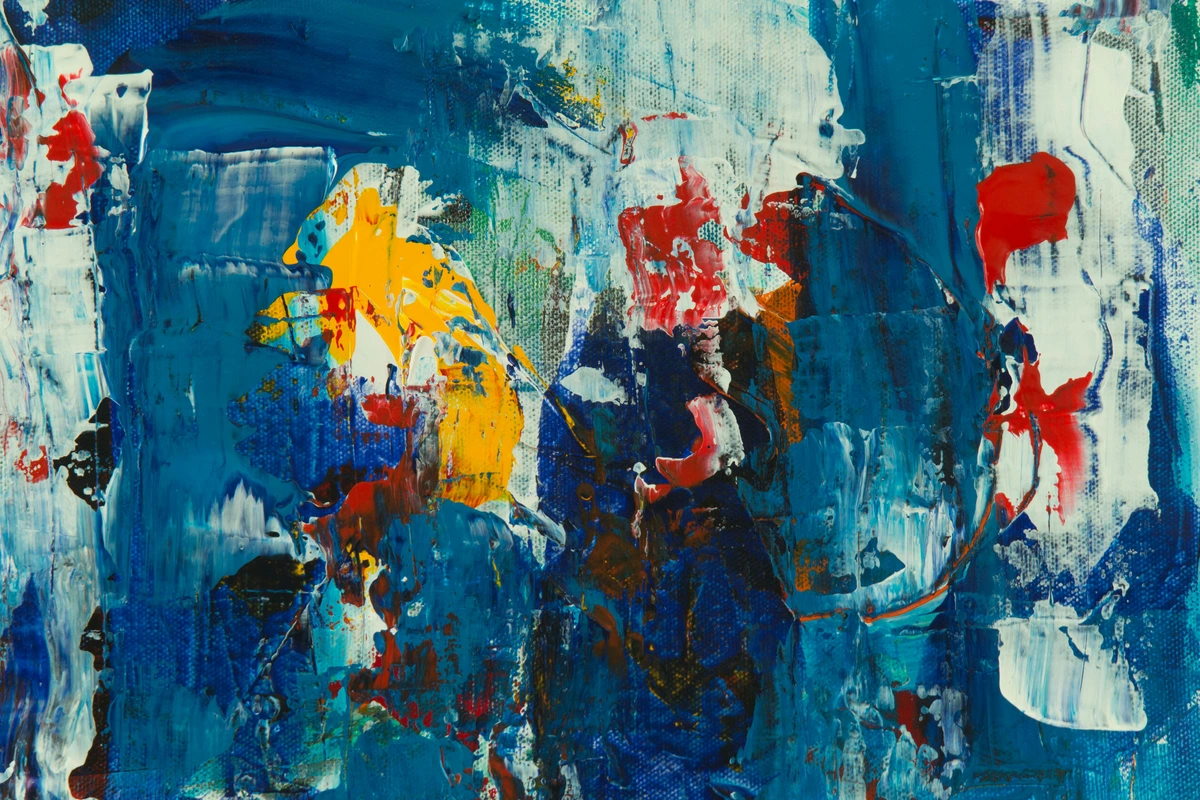
Navigating the Tricky Bits: Common Mistakes and How I Avoid Them
Look, no one becomes a medium master overnight. My studio has seen its share of sticky, cracked, or simply weird experiments. Learning to use these tools effectively is half science, half intuition, and a whole lot of trial and error. Here are a few traps I've fallen into, so you hopefully don't have to.
The Tacky Trap: Too Much Retarder
As much as I love retarders for those buttery blends, I've learned that moderation is key. Add too much, and your paint might never truly dry, staying tacky to the touch for weeks, even months. It’s a frustrating feeling, like a bad relationship you can’t quite end. My rule of thumb: start with tiny amounts, a drop at a time, and mix thoroughly. If you're looking for extreme blending, try working in smaller sections or embracing the fast-drying nature of acrylics with other techniques.
Cracks and Crumbles: Layering Issues
Building up thick textures with molding pastes or heavy gels is incredibly rewarding, but you need to be patient. Applying thick layers too quickly, especially over a flexible surface like canvas, can lead to cracking as the medium dries and shrinks unevenly. It's like baking a cake – you wouldn't pull it out of the oven halfway through, right? My solution: build in thinner layers, allowing each one to dry completely before adding the next. This ensures structural integrity and avoids heartbreaking cracks in your finished abstract piece. Also, always make sure your medium is fully mixed with your paint or applied to a clean, prepared surface to avoid adhesion issues. Nothing worse than a beautiful texture peeling off!
The Muddy Mystery: Over-Mixing
Sometimes, in my eagerness, I've just thrown everything into the pot. Acrylics, multiple mediums, maybe even a little water... and the result is often a dull, muddy mess. Each medium has its specific properties and recommended ratios. While experimentation is vital, blindly mixing everything can dilute colors, weaken the paint film, or lead to unpredictable results. My advice? Read the labels (yes, even I do it sometimes!), understand what each medium is designed to do, and introduce them one by one until you achieve the desired effect. Think of it like cooking: you add spices for a reason, not just because they're there.
Beyond the Canvas: Safety and Longevity
While we're all busy creating masterpieces, it's easy to forget about the practical side of things. But trust me, taking a moment to think about safety and durability will save you headaches (and potentially ruined art) down the line.
A Breath of Fresh Air: Studio Ventilation
Most acrylic mediums are perfectly safe, but some, especially those with stronger chemical components or if you're using sprays, can release fumes. Always ensure you have good ventilation in your studio space. Open a window, use a fan, or if you're working with anything particularly pungent, consider a respirator. Your lungs will thank you, and it means more years of making art, perhaps even seeing how abstract art has evolved through history.
Building to Last: Durability and Archival Quality
When you put your heart and soul into a painting, you want it to last. Using quality acrylic mediums (and paints) contributes significantly to the archival nature of your work. Most artist-grade mediums are designed to be permanent and non-yellowing. However, using too much water (which breaks down the acrylic binder) or incorrect ratios of mediums can compromise the integrity of the paint film. Always stick to manufacturer recommendations where possible. And if you're planning to sell your art, remember that collectors value longevity – a piece they can enjoy for generations, much like a carefully curated collection from my own work.
The Enduring Magic of Mediums
So, that's my personal ramble through the wild and wonderful world of acrylic mediums. They've genuinely transformed my abstract art practice, turning what once felt like a flat surface into a boundless playground of texture, transparency, and unexpected delights. Don't be intimidated by the sheer variety; instead, see it as an invitation to play, to experiment, to push your own artistic boundaries.
Grab a few different mediums, a fresh canvas, and just see what happens. Embrace the mess, learn from your "mistakes" (which are often just happy accidents in disguise), and let these unsung heroes become collaborators in your own artistic voice. The possibilities, I promise you, are as infinite as your imagination. Happy creating!
